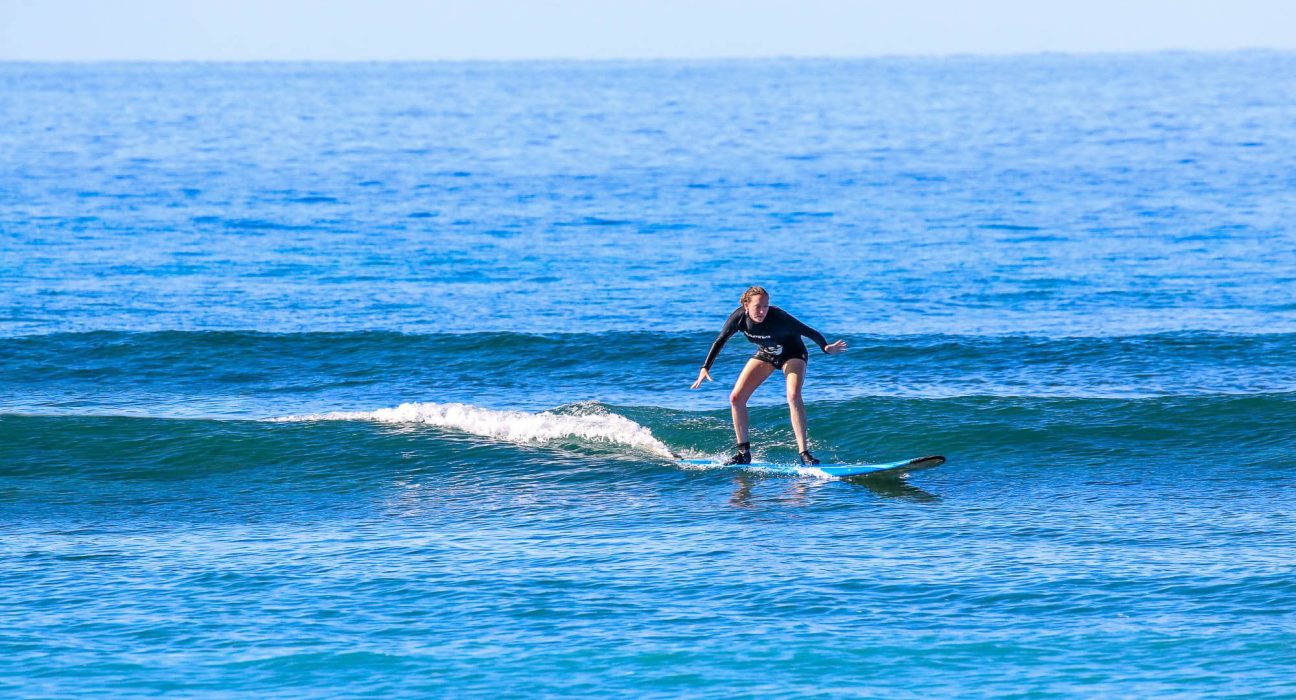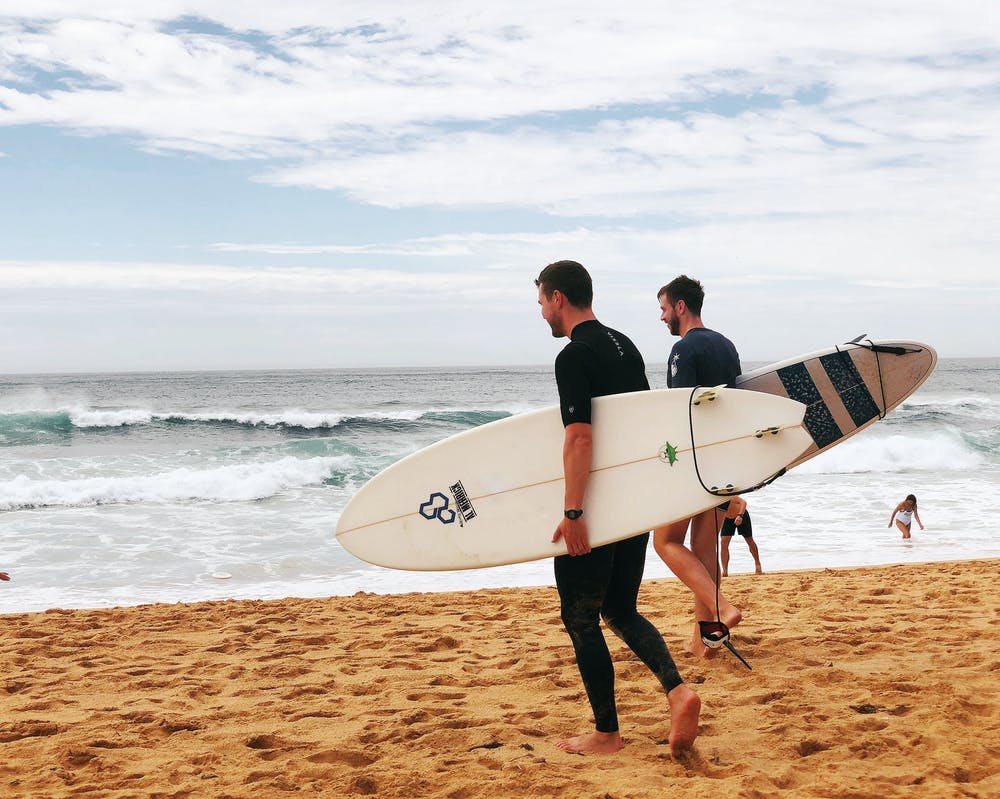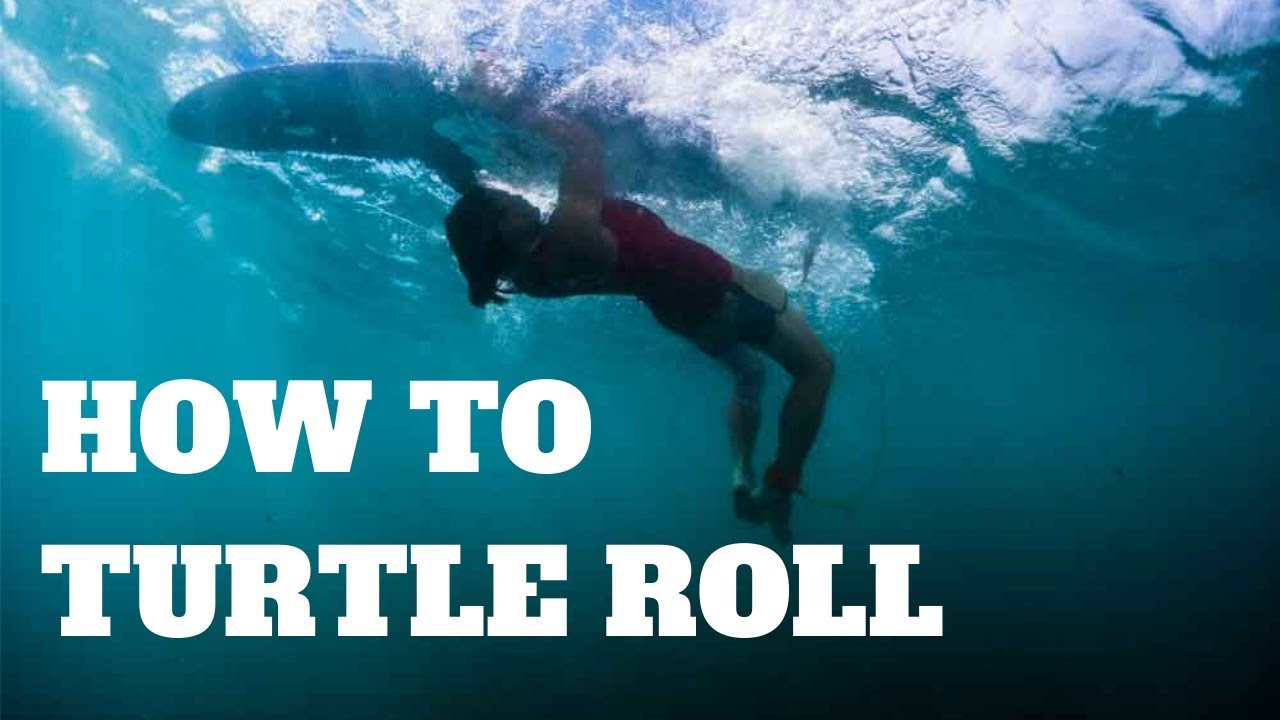Surfing is a thrilling and dynamic sport that allows individuals to connect with the power and beauty of the ocean. While big waves often steal the spotlight, there is an undeniable joy in riding smaller waves. Small wave surfing offers unique challenges and rewards, requiring surfers to adapt their techniques and approach.
This guide will explore tips and strategies to make the most of surfing small waves. Whether you’re a beginner or an experienced surfer looking to expand your skills, these suggestions will help you enjoy and excel in smaller wave conditions.
How to do it right
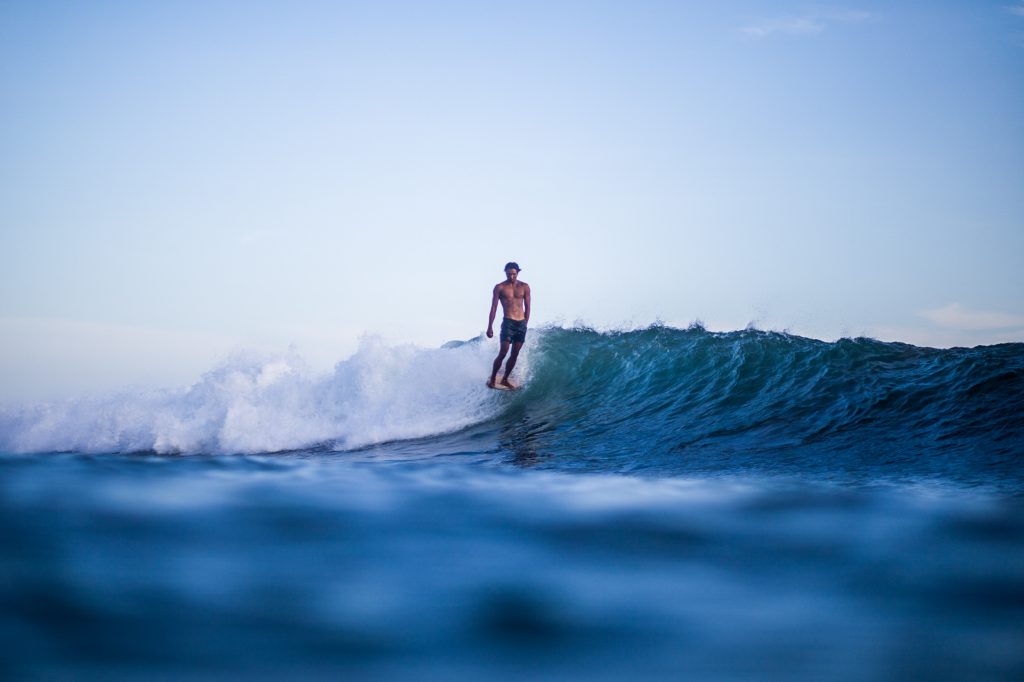
Surfing small waves can be a fun and rewarding experience. Here are some tips to help you make the most of smaller waves:
- Choose the right equipment: Opt for a larger surfboard with more volume. A board with more buoyancy will help you catch smaller waves more efficiently and maintain stability on the water. A longboard or a funboard can be an excellent choice for small-wave surfing.
- Paddle efficiently: Proper paddling technique is essential to catch waves effectively. Use long, powerful strokes with your arms to generate speed and momentum. Keep your body flat on the board and kick with your feet to help propel yourself forward.
- Position yourself correctly: Watch the waves and study the pattern to determine the best spot to catch them. Small waves tend to break closer to shore, so position yourself in the area where the waves are starting to form. This will give you the best opportunity to catch and ride them.
- Timing is key: Timing is crucial when surfing small waves. Unlike more giant waves, small waves tend to break quickly and lose energy faster. As you paddle, time your entry into the wave so that you catch it just before it breaks. This will give you a longer ride and more time to perform maneuvers.
- Generate speed: Small waves may lack power, so generating speed on your own is essential. As you catch the wave, pump on the board with your body and weight. This pumping motion creates momentum and helps you maintain speed, making the ride more enjoyable.
- Stay low and balanced: Keep a low center of gravity by bending your knees and staying balanced on the board. This will provide stability and control, allowing you to maneuver quickly and stay on the wave.
- Practice turns and maneuvers: Small waves can be perfect for practicing turns, cutbacks, and other maneuvers. Take advantage of the smaller waves to work on your technique and improve your skills. Experiment with different maneuvers and find what works best for you.
- Have fun and be patient: Small wave surfing is about enjoying the ocean and having fun. Embrace the smaller conditions and focus on the joy of riding waves. Remember that every wave is an opportunity to learn and progress as a surfer.
- Use your arms for balance: Small waves can be less forgiving when maintaining balance. Extend your arms to the sides to help stabilize yourself on the board. This can provide additional support and help you stay on your feet.
- Learn to generate speed through the wave: Small waves often lack the power to propel you naturally, so you’ll need to generate speed on your own. One effective technique is to angle your board slightly across the face of the wave while performing small, quick pumps with your legs. This pumping motion transfers your weight from front to back, creating speed.
- Optimize your bottom turns: Bottom turns are essential for setting up maneuvers and generating speed on small waves. As you approach the bottom of the wave, shift your weight to your back foot and initiate a smooth, arcing turn. Use your body and arms to guide your board back up the face of the wave, generating speed and setting up for your next move.
- Utilize the entire wave: Small waves often have less power, which means they break closer to the shore. Make the most of the available wave by riding the inside. This will help you maximize your time on the wave and practice riding it to its fullest potential.
- Experiment with different techniques: Small waves can be an excellent opportunity to experiment with varying surfing techniques. Try riding the switch (with your opposite foot forward), practice cross-stepping on a longboard, or work on your noseriding skills. Use the smaller waves to hone new techniques and expand your surfing repertoire.
- Stay active and engaged: Smaller waves require more effort to maintain speed and momentum. Stay active and engaged throughout the ride by constantly adjusting your body position and making small adjustments on the board. By staying dynamic, you can make the most of the smaller wave and have a more enjoyable experience.
- Learn from experienced surfers: Observe experienced surfers who excel in small wave conditions. Please pay attention to their positioning, timing, and techniques. You can learn valuable insights by watching and emulating their approach to surfing small waves.
Remember, practice is key. The more you surf small waves, the better you’ll become at reading the conditions and adapting your technique accordingly. Enjoy the process and embrace the unique challenges and rewards of small wave surfing.
Summing up
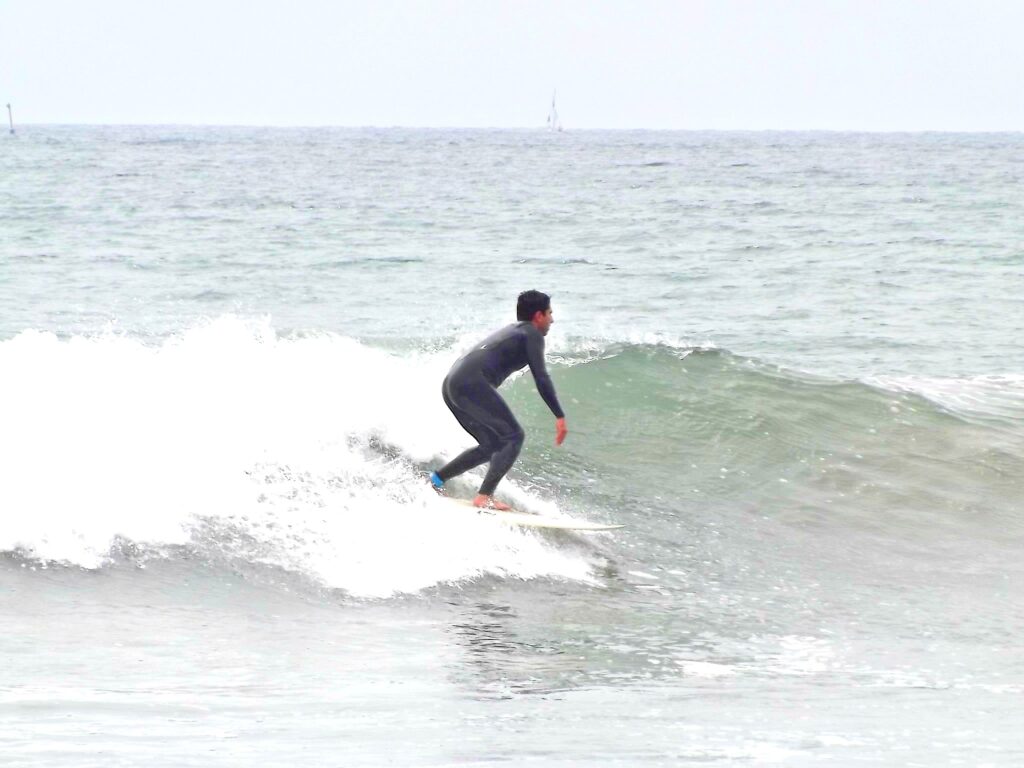
Surfing small waves can be an incredibly fulfilling experience. It offers an opportunity to refine your technique, work on maneuvers, and explore the nuances of wave riding. By choosing the right equipment, perfecting your paddling and positioning, and mastering the art of generating speed, you can unlock the full potential of smaller waves.
Embrace the joy of riding these waves, experiment with different techniques, and continuously push yourself to improve. Remember, surfing is not just about conquering the biggest waves; it’s about embracing the beauty and serenity of the ocean, regardless of wave size. So, next time you face small waves, paddle out confidently and savor every moment of the ride. Happy surfing!

